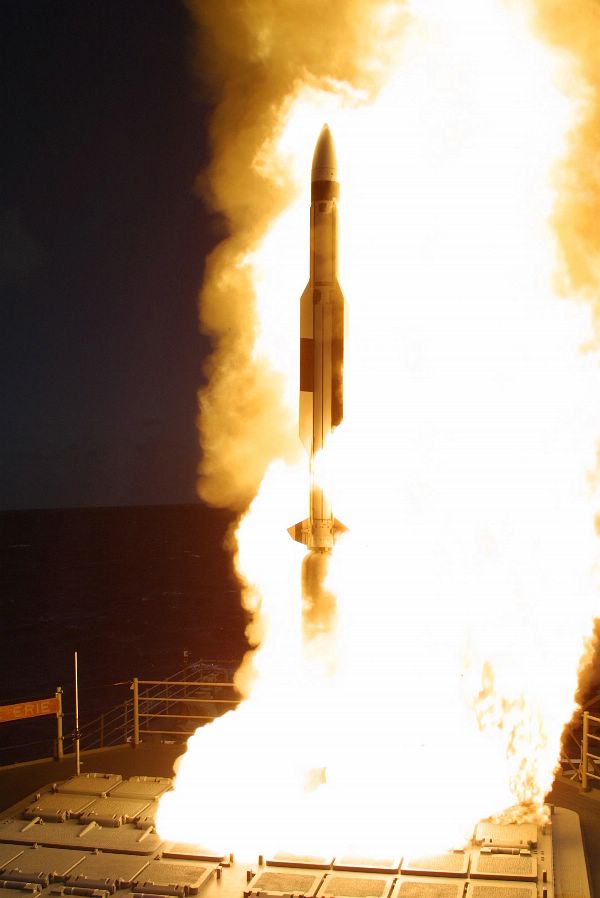Breaking news
Raytheon's SM-6 Surface-to-Air Missile Once Again Shatters Engagement Distance Record.
| 2016
 USS Princeton (CG 59) (Picture: US Navy) |
|||
About the
Standard Missile-6 SM-6 delivers a proven over-the-horizon air defense capability by leveraging the time-tested advantages of the Standard Missile's airframe and propulsion. The SM-6 uses both active and semiactive guidance modes and advanced fuzing techniques. It incorporates the advanced signal processing and guidance control capabilities from Raytheon's Advanced Medium-Range Air-to-Air Missile. SM-6 delivers multi-mission capability for long range Fleet Air Defense and Sea-Based Terminal Defense About the Cooperative Engagement Capability Cooperative Engagement Capability (CEC) is a real-time sensor netting system that enables high quality situational awareness and integrated fire control capability, improving battle force effectiveness and enabling longer range, cooperative, multiple, or layered engagement strategies. Currently deployed on 75 naval ships and 48 aircraft, 10 U.S. Marine Corps network systems, and approved for export to four countries, CEC continues to evolve, benefitting from developments in core technologies, which have advanced the system in both capability and affordability. |
|||



























